Access a range of datasets and data tools to further your research.
Earth’s shell of solid rock crust is 20 to 80 kilometers thick and floating atop the planet’s molten mantle. The crust is broken up into 15-20 tectonic plates that move toward and away from each other an average of 1.5 centimeters per year. The crust can also move vertically as the weight of glaciers and water expand or recede over them.
NASA collects crustal motion data provided by ground-based and satellite instruments. The data is used for a host of purposes including tectonic plate and earthquake research, calculating crust and sea level height and change, and locating the exact position of points, places, and objects on Earth. A lot of the data is provided by Global Navigation Satellite System (GNSS) spacecraft transmitting from space to ground stations, which means the data can also be used for taking certain atmospheric measurements. For example, water vapor concentration could be calculated to aid in modeling rainfall extent during heavy storms. There’s literally a world of possibilities for using Earth’s crustal motion data.
Learn How to Use Crustal Motion Data
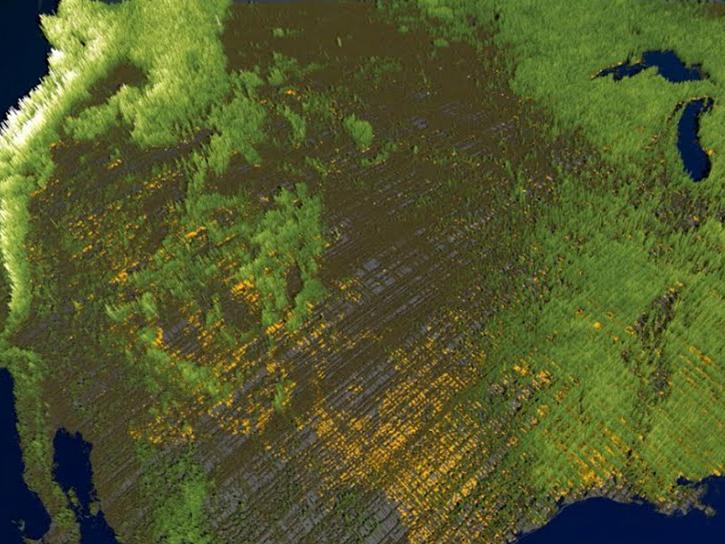
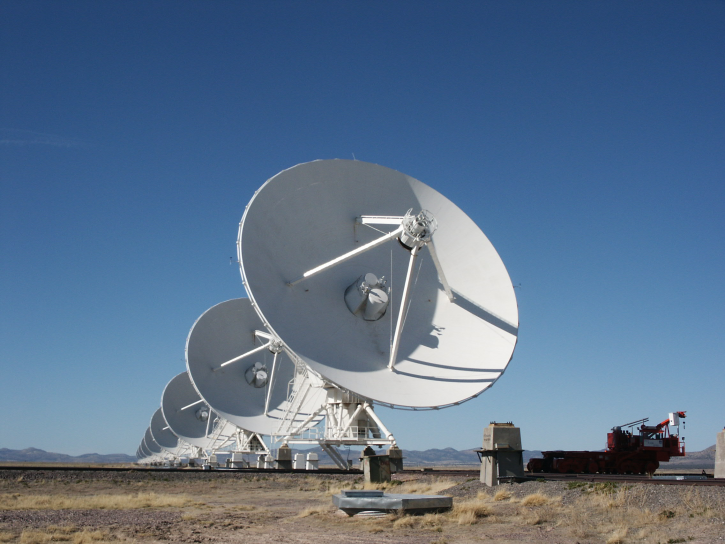
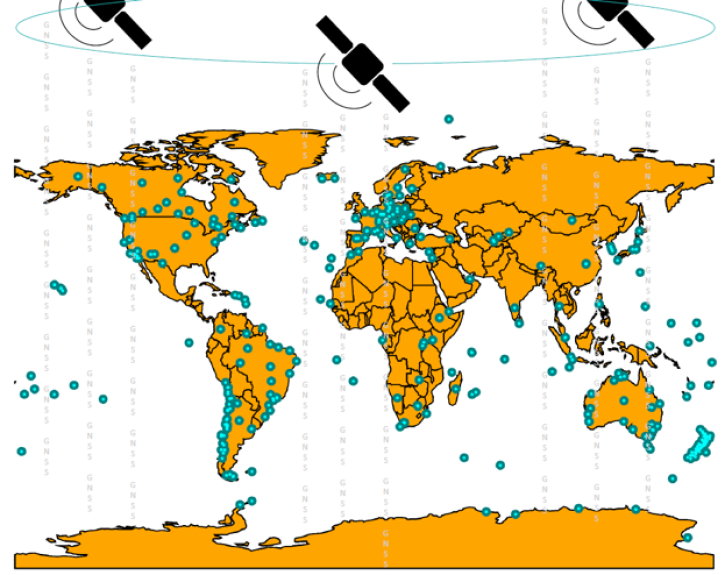
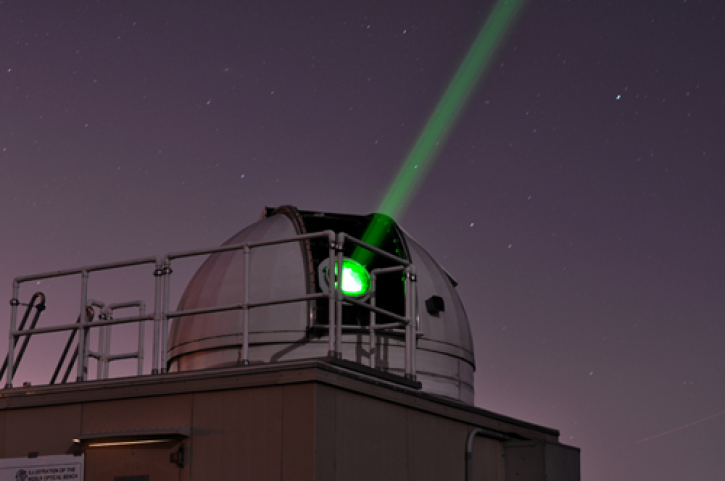
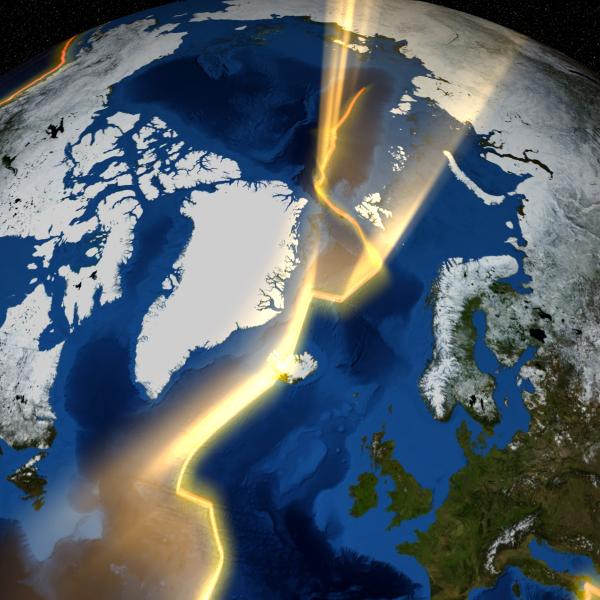
Join Our Community of NASA Data Users
While NASA data are openly available without restriction, an Earthdata Login is required to download data and to use some tools with full functionality.
Learn About the Benefits of Earthdata LoginFrequently Asked Questions
Earthdata Forum
Our online forum provides a space for users to browse thousands of FAQs about research needs, data, and data applications. You can also submit new questions for our experts to answer.
Submit Questions to Earthdata Forumand View Expert Responses